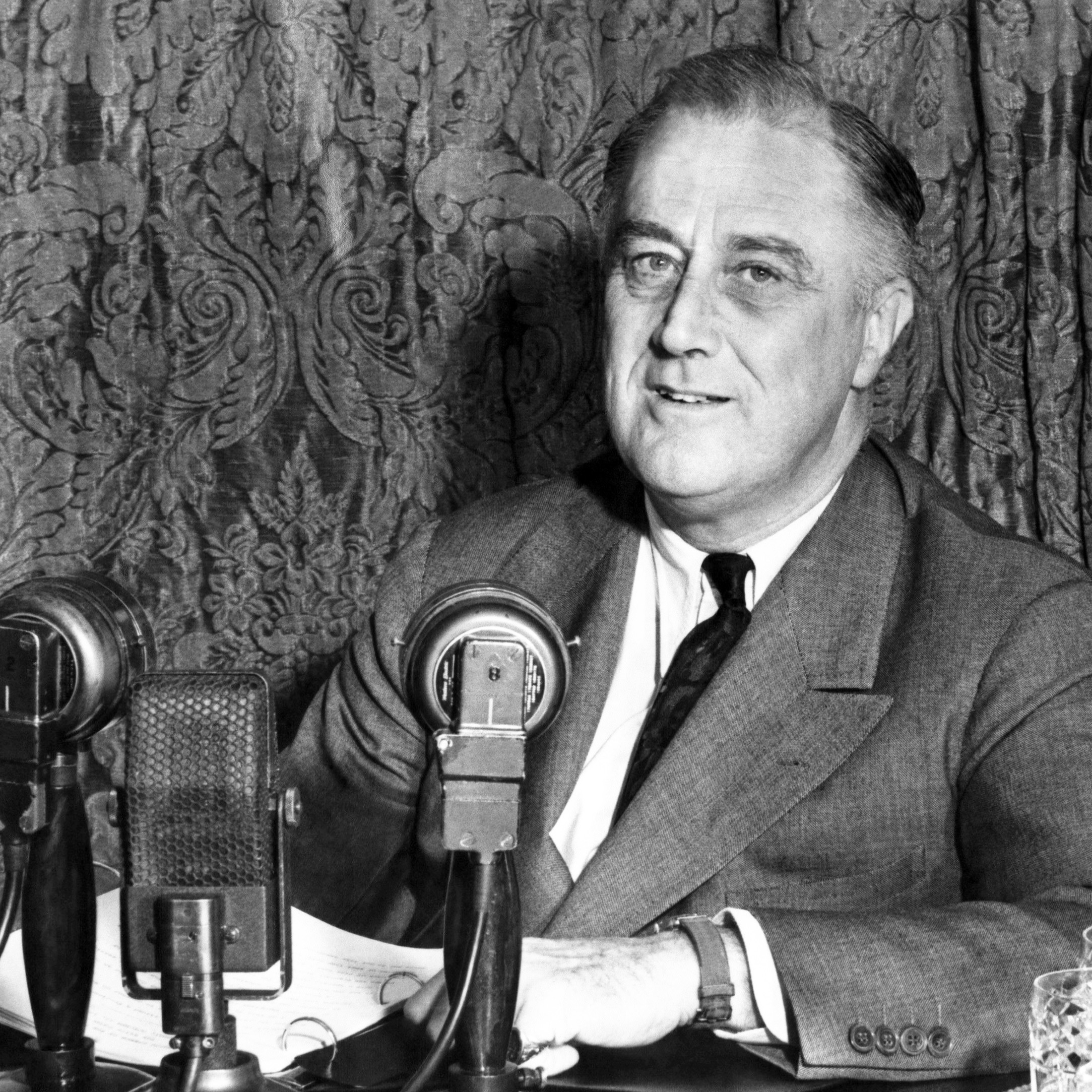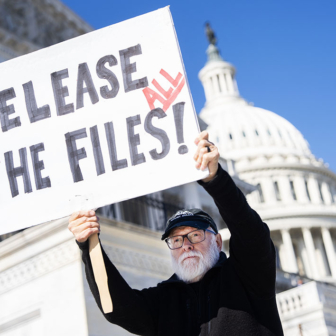One of America’s worst commentators on politics, Batya Ungar-Sargon, recently compared Donald Trump to a “21st century FDR,” since he is supposedly trying to help out the working class. This is, of course, totally absurd. I cannot say if Trump is the anti-Christ, but I can say with some certainty that he is the anti-FDR. Just about every single thing this regime is doing, from gutting administrative capacity to ending international engagement to slashing public research to menacing Social Security to watering down labour protections, is targeted at the types of things that FDR built and believed in. Far from wanting to return us to FDR’s America, Trump’s people want to destroy what remains of it.
And they are quite open about it: Curtis Yarvin, Paypal founder Peter Thiel’s unfortunately influential intellectual henchman, wants to kill off what remains of what he calls FDR’s “personal monarchy.” During his “Liberation Day” speech, Trump did not talk about returning us to the postwar boom, but to the nineteenth century, when high tariffs were the rule rather than the exception. Although the staunch libertarian would not have liked tariffs, Trump is committed to carrying out economist Murray Rothbard’s dream of “breaking the clock” of the New Deal and repealing the twentieth century. Nowhere is this clearer than with trade.
Most educated Americans will know about New Deal initiatives like Social Security, the Works Progress Administration, and the National Labor Relations Act, but fewer will naturally associate Roosevelt with free trade. That’s partly because the coupling of the cause of labour and the cause of free trade seems odd today, but the Roosevelt administration began the gradual liberalisation of American trade that lasted from the 1930s until, well, this past Wednesday. (Not quite, but this was a dramatic reversal.)
In 1934, President Roosevelt signed into law the Reciprocal Trade Agreements Act, which allowed the president to negotiate bilateral reductions in tariffs with trading partners. This was an amendment of the disastrous Smoot-Hawley Act of 1930, whose onerous trade restrictions many economists believe deepened the Great Depression.
Previously, Congress held much of the authority over trade agreements, but the RTAA allowed the executive wide latitude to amend tariffs. The idea was that the president, as nationally elected, would be less likely to be captured by sectional business interests that would resist the type of trade liberalisation that might help the whole country. Ironically, it was the same process of delegation to the executive that allowed Trump to unilaterally blow up world trade. FDR and his advisors believed freeing up trade would help stagnant American industry by giving them an easier time exporting their goods.
Of course, things are not always so high-minded or clear in reality: the wily FDR had said on the campaign trail that protections would likely stay in place, which no doubt reassured nervous workers and bosses in the teeth of the Depression, but it wasn’t all campaigning: FDR’s “brains trust,” his special advisers on how to fight the Depression, contained some recalcitrant economic nationalists. Then there were the Democratic party’s constituents to think about; Democrats had long been the “anti-tariff” party, representing their own sectional interests, particularly in the South, that always favoured low tariffs.
The political scientist Thomas Ferguson describes the New Deal coalition as a “historic bloc” where the hegemonic forces were “capital-intensive industries, investment banks, and internationally oriented commercial banks” whose businesses inclined them to foreign trade:
This bloc constitutes the basis of the New Deal’s great and, in world history, utterly unique achievement: its ability to accommodate millions of mobilised workers amidst world depression. Because capital-intensive firms use relatively less direct human labour (and that often professionalised and elaborately trained), they were less threatened by labour turbulence. They had the space and the resources to envelop, rather than confront, their workforce. In addition, with the momentous exception of the chemical industry, these capital-intensive firms were world as well as domestic leaders in their industries. Consequently, they stood to gain from global free trade. They could, and did, ally with important international financiers, whose own miniscule workforce presented few sources of tension and who had for over a decade supported a more broadly international foreign policy and the lowering of traditionally high American tariff.
In this perspective, the marriage of American labour and free trade was one of convenience and it’s not hard to see how it soured as the New Deal order collapsed. It wasn’t all just a material arrangement: there was also an ideological push for freer trade from within the FDR administration. It was the pet project of secretary of state Cordell Hull, who, it should be noted once represented Tennessee in the Senate, a committed believer in international trade as a way to produce global peace and to strengthen America’s role in the world. Some historians even date the rise of American global hegemony to the passage of the RTAA, although others consider this an exaggeration since the amendment was fairly modest and still took some protectionism for granted.
The New Deal was not just a domestic program, but an international one: it opened the United States to the world. Adolf Berle, one of those “brains trust” guys, envisioned a global New Deal. Things like the United Nations, another one of Hull’s projects, came out of this orientation. FDR, Hull, and their advisors were convinced that Depression and the threat of war came out of the sectionalism, nationalism and chaos of the prewar order, and pursued institutional remedies to foster international development and cooperation — always with an eye to US advantage, of course. It’s exactly this wise and farsighted policy regime that’s being reversed right now: they are destroying everything that kept the world relatively prosperous and safe for the past eighty years.
But there’s another lesson from Roosevelt’s trade moves: they were not the policy of totally unrestricted free trade that neoliberals favoured and the American working class rightfully resents. That’s partly because the political terrain still forced a protectionist tilt, but also partly because it was done with a particular developmental goal in mind: the economic recovery of the United States. These were more cautious and limited in scope than later sweeping multilateral agreements like the WTO, GATT, and NAFTA and they tended to favour American exports. In the parlance of our time, one might say these were more “fair trade” agreements than free-trade ones. Perhaps one day studying FDR’s trade policy will help guide us out of this colossal mess. •
This article first appeared in John Ganz’s Unpopular Front newsletter.




